Some Burning Questions About Dragons
Exactly how hot is their blood and other issues raised by House of the Dragon’s battle at Rook’s Rest.
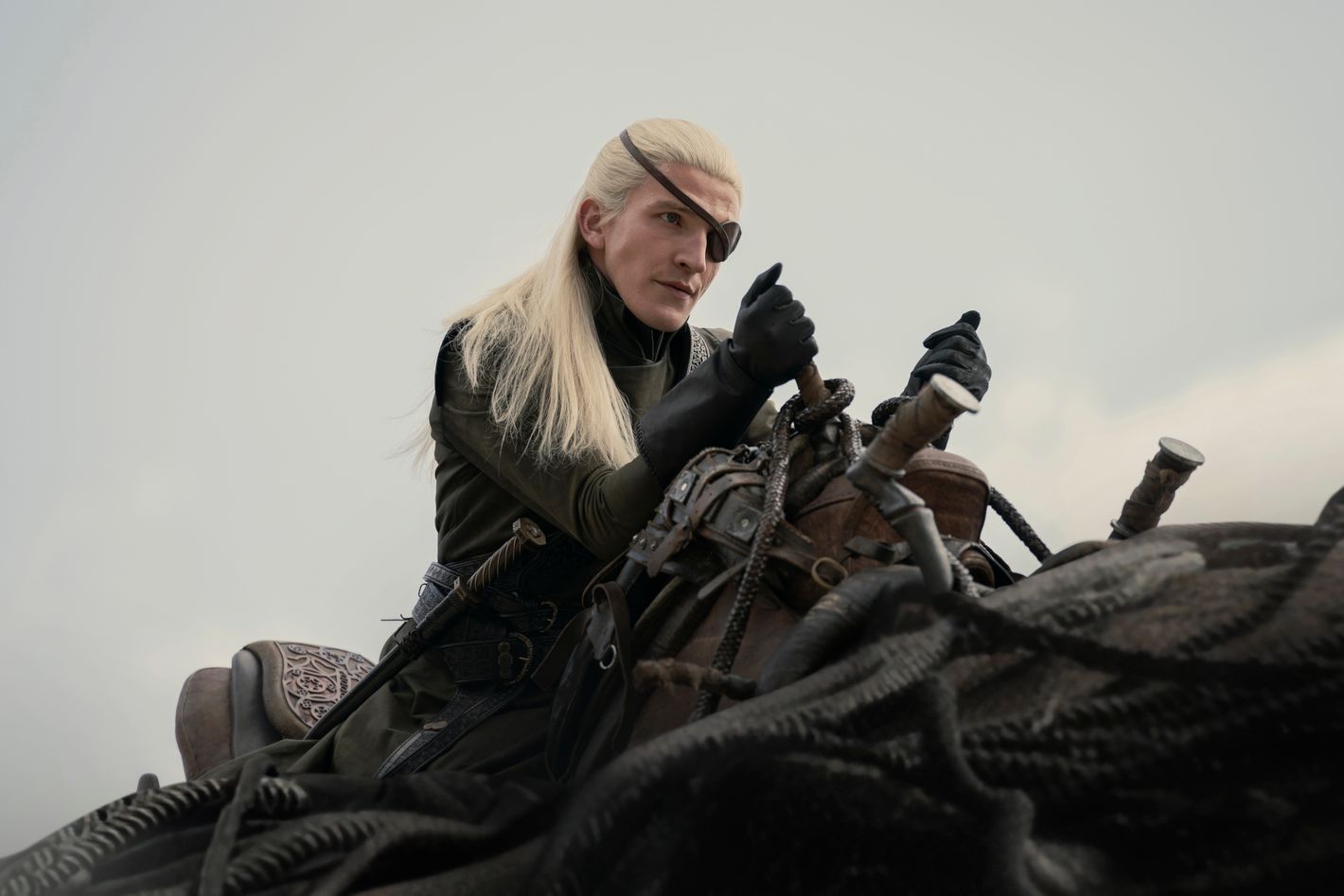
Spoilers follow for House of the Dragon episode “The Red Dragon and the Gold.”
The dragons on House of the Dragon are myths made mortal, gigantic beings of fear and magnificence who I am excited to see every single time they appear on screen. (Especially now that the series has good lighting!) I also, despite the dragon-claw-and-orb necklace and battered copy of Patricia C. Wrede’s Dealing with Dragons that I rocked in my youth, cannot say that I fully understand how HotD’s dragons work. And this week’s “The Red Dragon and the Gold” did not exactly help!
Yes, we spent some time in the dragon pit in the first season and we’ve now seen the lasting damage the dragon Balerion did to Harrenhal. Yes, HotD’s cast and crew keep referring to the dragons as nuclear weapons, which is an effective indication of the amount of danger they pose to the Seven Kingdoms at large. And yes, if you watched Game of Thrones, you’re probably coming into the series with some prior knowledge about how Drogon, Viserion, and Rhaegal acted before Daenerys forgot about one of her children and left him open to scorpion fire, and then led another to death in the North and eventual resurrection by the Night’s King.
But HotD shouldn’t bank on GOT viewership to fill its own world-building gaps, and it wouldn’t hurt for the series to do some further dragon explication on its own terms. With that in mind, I have some questions inspired by watching Meleys, Vhagar, and Sunfyre attack one another at Rook’s Rest. RIP to Meleys, and also maybe Sunfyre? Vhagar, you gotta stop killing other dragons!
What level of damage can dragons sustain?
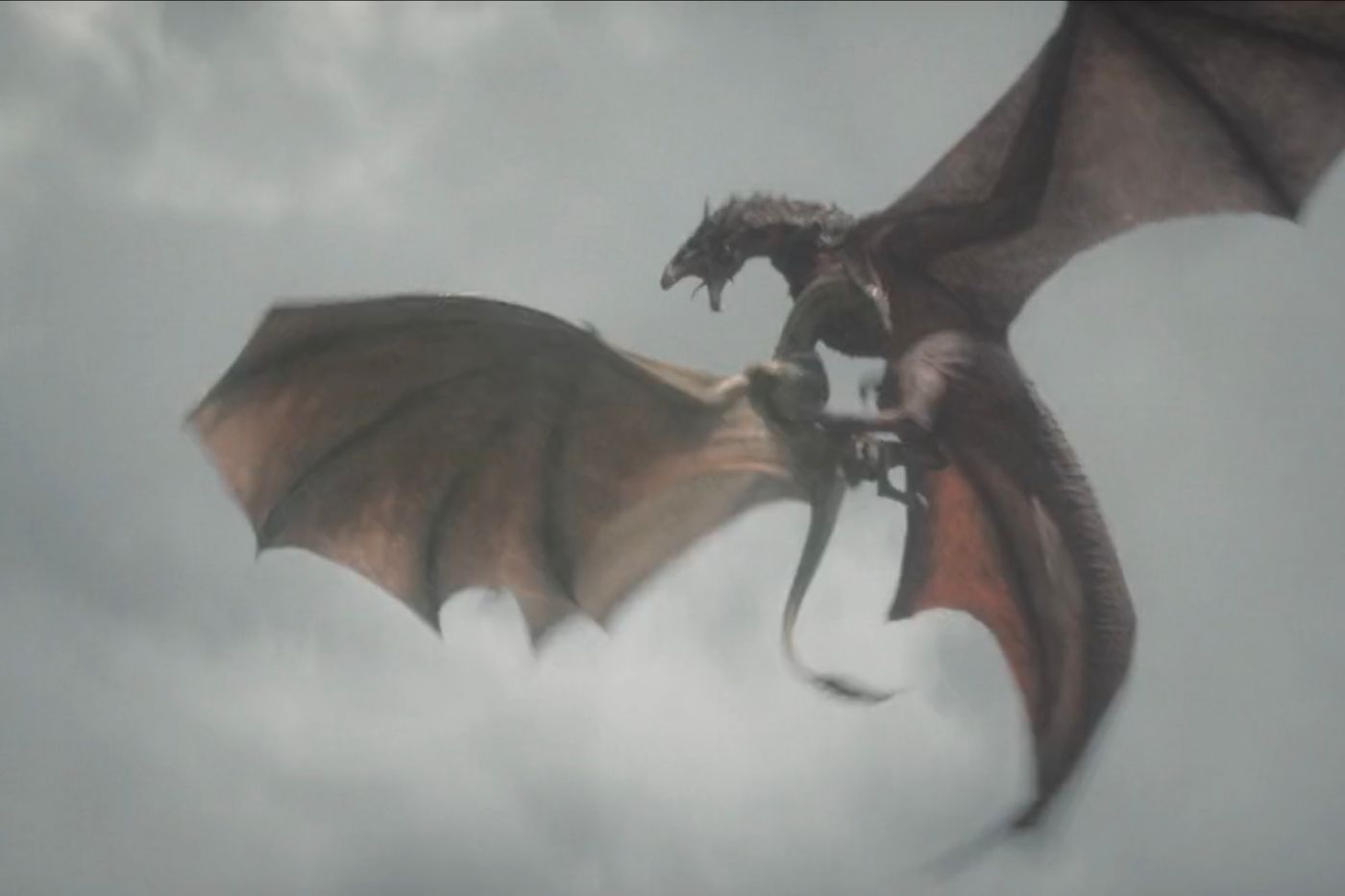
Before Vhagar showed up, I thought Meleys and Sunfyre might actually both survive this battle. Meleys’s huge claws ripping into Sunfyre absolutely hurt, but Sunfyre could still fly well enough to meet Meleys in the sky again. I don’t think this is because Aegon is actually good at war (Rhaenys and Meleys are both seasoned veterans, whereas this is Aegon and Sunfyre’s first rodeo), but because Rhaenys’ order to “attack” wasn’t directing Meleys to kill just yet. Vhagar entering the fight shifted the balance and ramped up the inflicted damage, but part of that outsized advantage is due to Vhagar being bigger than every other living dragon. (How does she keep pulling off sneak attacks? I don’t get it!)
Putting Vhagar aside in this hypothetical, though, I’m curious if Sunfyre’s blood, because it’s so hot (see next question), would instantly cauterize and allow him to keep going, keep flying, and keep fighting. We know that the dragons are impervious to each other’s fire, but can they also survive any bodily trauma that doesn’t involve them being bit into pieces, as Vhagar did to Arrax and Meleys both? I would like to know, to anticipate how the rest of these dragon battles will go and get my blood pressure in check.
How hot is dragon blood, really?
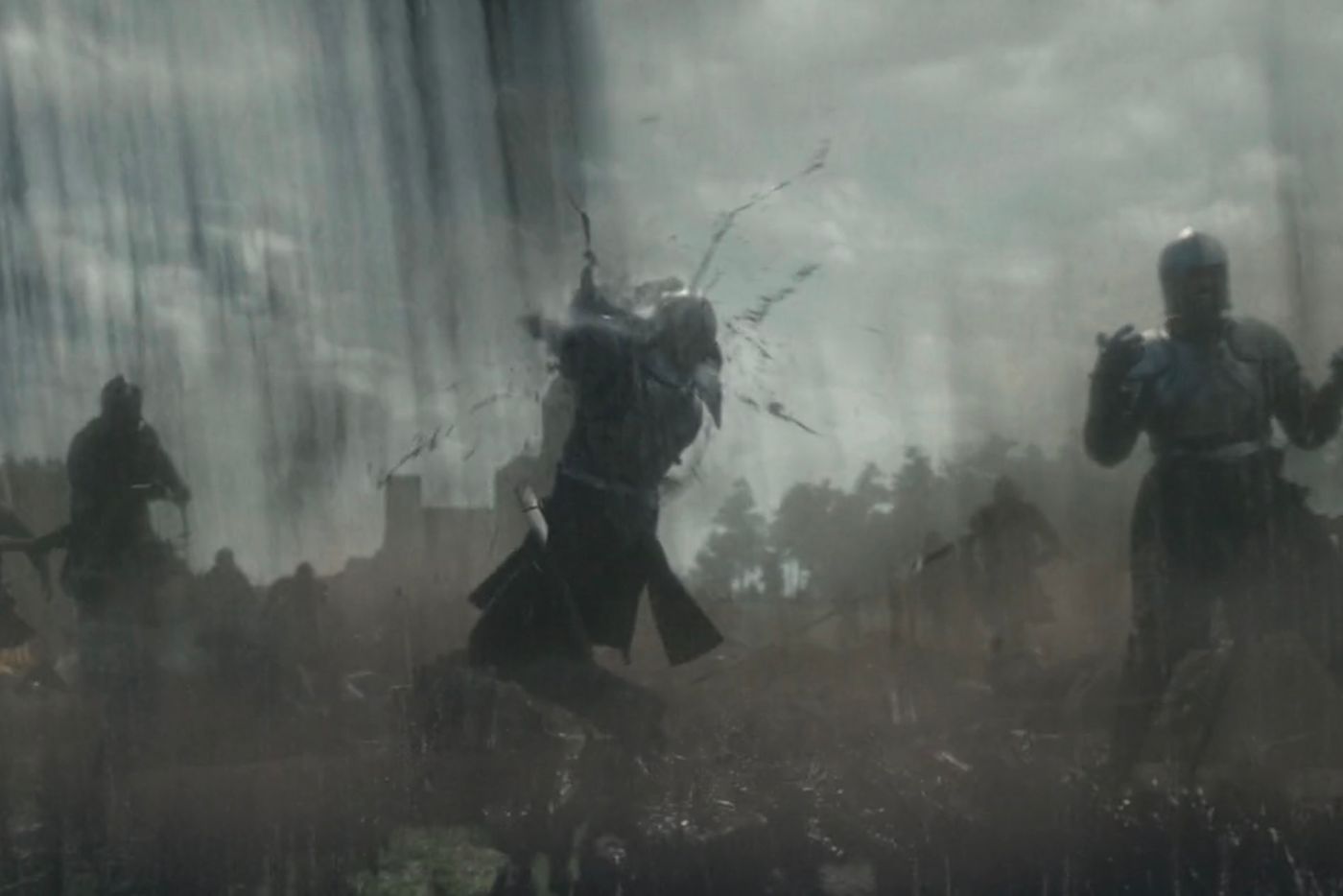
During the battle at Rook’s Rest, we see Sunfyre, wounded from Meleys’s claws, showering the men on the battlefield below with blood that burns them and smokes upon contact. But exactly how hot is dragon blood? The same temperature as their fire? Hot enough to burn, or hot enough to kill? HotD hasn’t given us that level of dragon-biology detail yet, although there are some details in George R.R. Martin’s A Dance with Dragons that might help. In one of Daenerys’s chapters, as she tries to stop an attack on the increasingly wild Drogon, she sees “smoke rose from the wound” where someone spears him, and “his blood was smoking too, where it dripped upon the ground.” The dragons being literally made of flame is part of Targaryen lore; there’s a reason their house words are “fire and blood,” after all, and why the Targaryens having “the blood of the dragon” means they’re able to survive fire. Another novel excerpt, this time from A Game of Thrones, about Dany: “She opened her arms to the fire, embraced it, let it swallow her whole, let it cleanse her and temper her and scour her clean. She could feel her flesh sear and blacken and slough away, could feel her blood boil and turn to steam, and yet there was no pain.” It all sounds pretty great, unless you’re Aegon, and your brother tries to kill you and causes your armor to melt onto your skin. That’s just rude.
How do the dragons feel about this whole war?
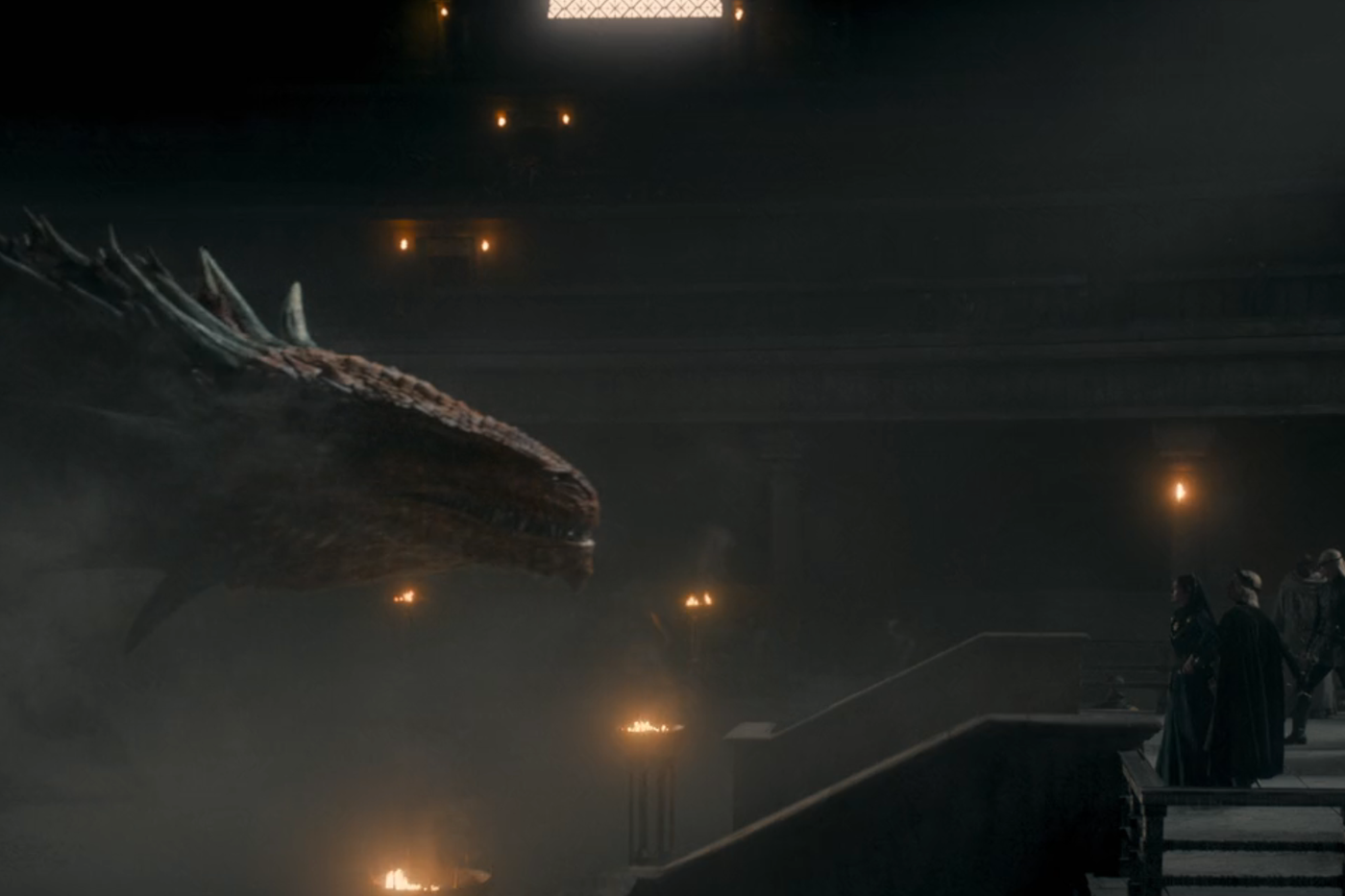
I do not mean this question to be rude or imply offense to the dragons, who are intelligent, sensitive, and ferocious creatures with distinct personalities. And that’s precisely why I am curious if there’s any way to tell how they feel about all this warfare. They’re potentially an extended family like the Targaryens/Velaryons/Hightowers, because there are suggestions throughout Fire & Blood that some of these dragons are related: Rhaenyra’s dragon Syrax and Daemon’s dragon Caraxes may have mated, Rhaenyra’s sons’ dragons Vermax, Arrax, and Tyraxes are implied to be Syrax’s children, and 9-year-old Rhaena eventually bonds with a dragon named Dreamfyre who hatches from another Syrax clutch. In typical adaptation fashion, HotD has made some changes to this (like teenager Rhaena not yet having a dragon, and Dreamfyre instead being bonded with Helaena) while confirming other elements (when Rhaenyra finds parts of Lucerys and Arrax’s bodies in “A Son for a Son,” Syrax seems to mourn alongside her, shrieking into the sky as Rhaenyra cries).
So: With all this potential familial interconnectivity, do the dragons feel conflicted about the war, like some of their riders do? Since we’re watching the human family disagree and bicker, is it really so far-fetched to think the dragons may have their own opinions? Are they capable of self-awareness, self-reflexiveness, and self-determination, or are they just spontaneous beasts whose natural instincts overpower their human masters as they please, like when Vhagar disobeyed Aemond to go after Lucerys and Arrax? I’m not saying I want an episode from a dragon’s perspective, but I’m not not saying that, either.
Do dragons mourn their riders?
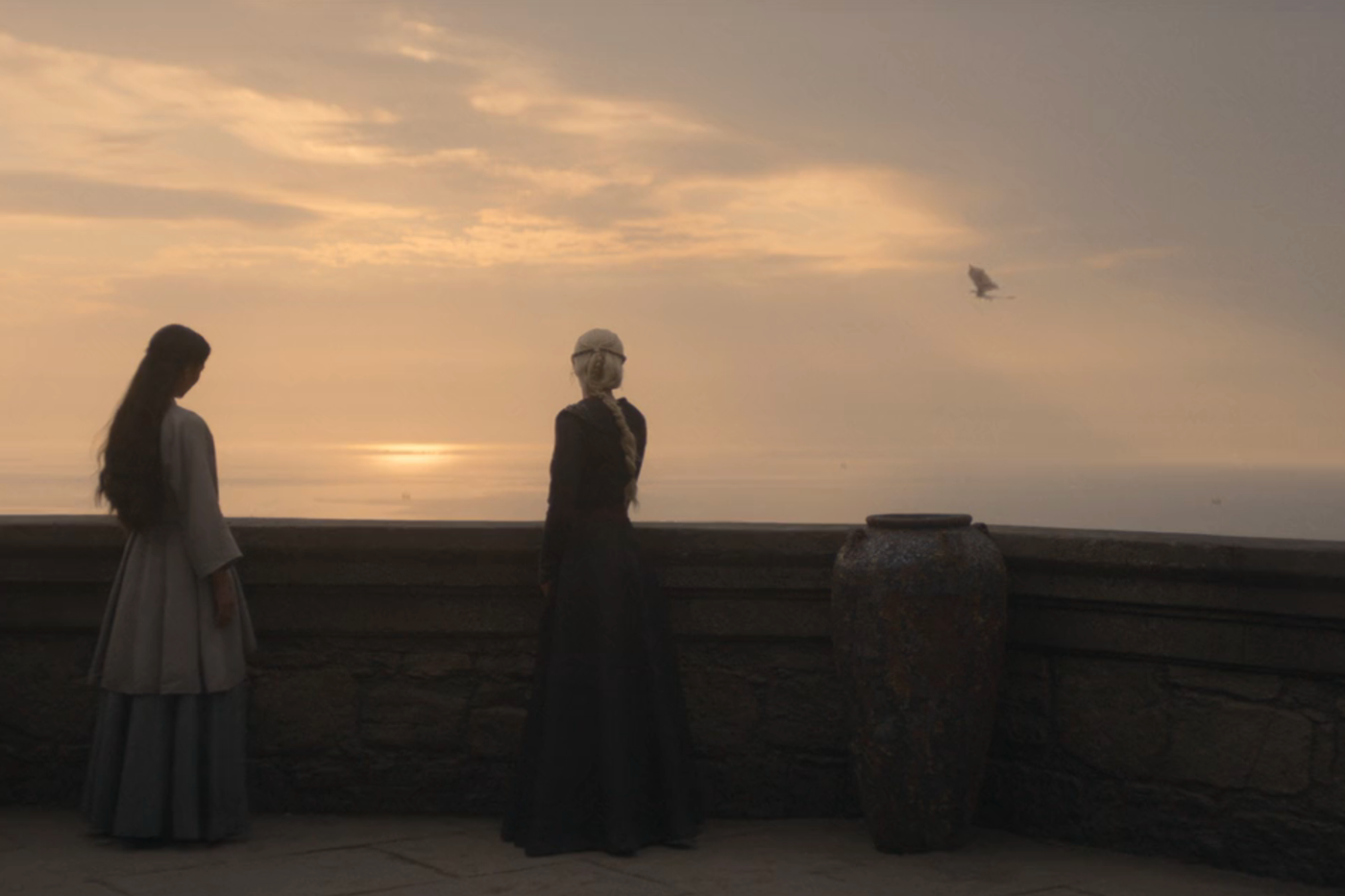
We know that Aemond solidified his cousins’ hatred toward him when he bonded in secret with Vhagar after the death of her previous rider Laena, Baela and Rhaena’s mother. A very sneaky move! But it raised a question I’ve thought about since then, and was renewed after “The Burning Mill”: Do dragons who have a bond with a dragonrider sense when that rider is dead, and if so, how long do they need to mourn before they accept a new rider? Does each dragon grieve differently, or is there a standard time period? (Dragons are basically serial monogamists, is what I’m gleaning.) And can a dragon be depressed if its dragonrider isn’t dead, but merely … absent? That last question is inspired by Mysaria’s comment to Rhaenyra about her former husband Laenor’s dragon Seasmoke, and how he seems lonely. Is Seasmoke unsettled because Laenor actually is dead, or because he abandoned Seasmoke when he left his Velaryon family and Driftmark behind, and Seasmoke can sense that? The series has been purposefully vague about whether Laenor is alive or dead, but with Corlys’s bastard sons being so heavily featured in this second season, it does seem like we might get an answer — and potentially a new rider for Seasmoke — soon.
How cool is it when a dragonrider’s outfit matches their dragon’s scales and coloring?
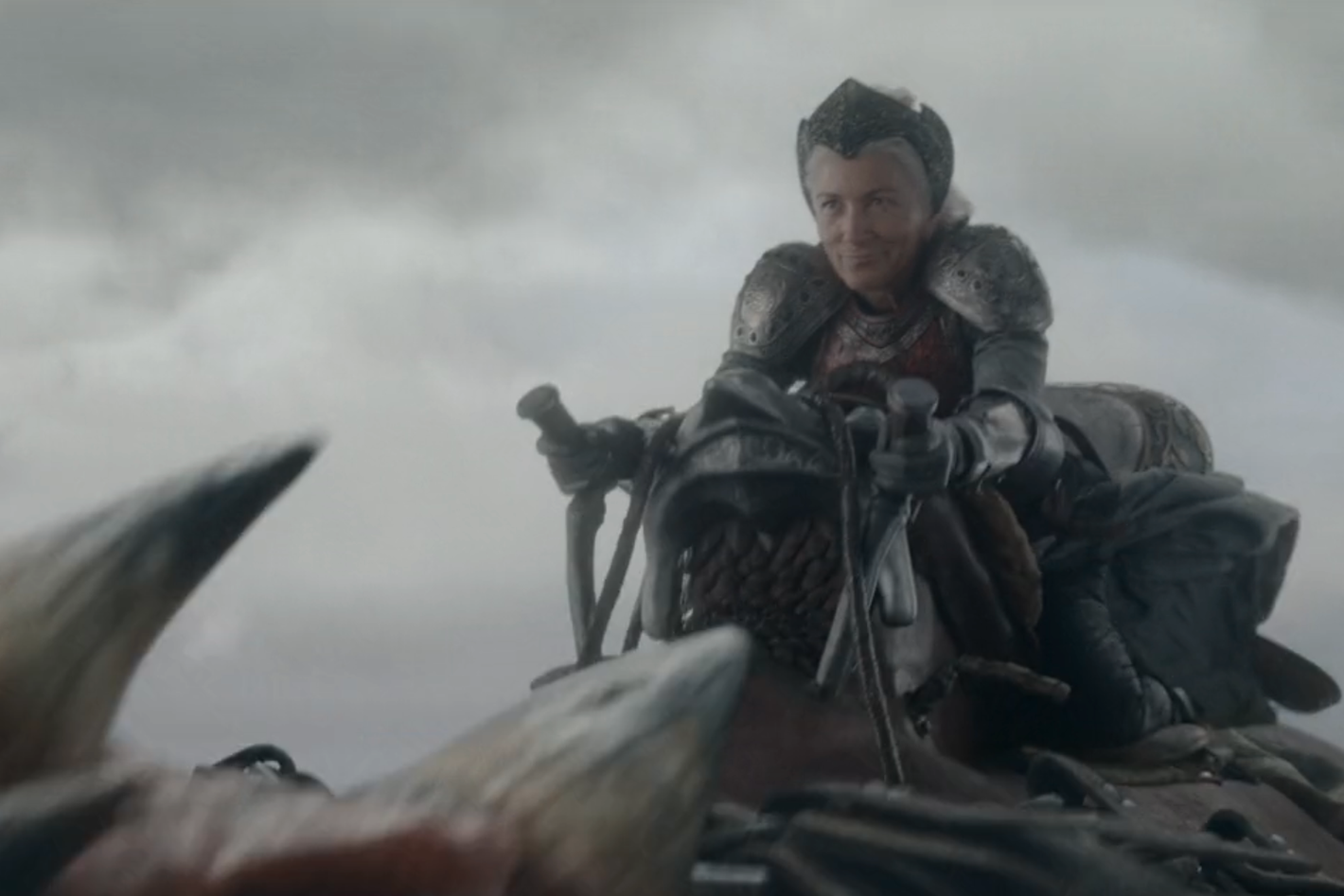
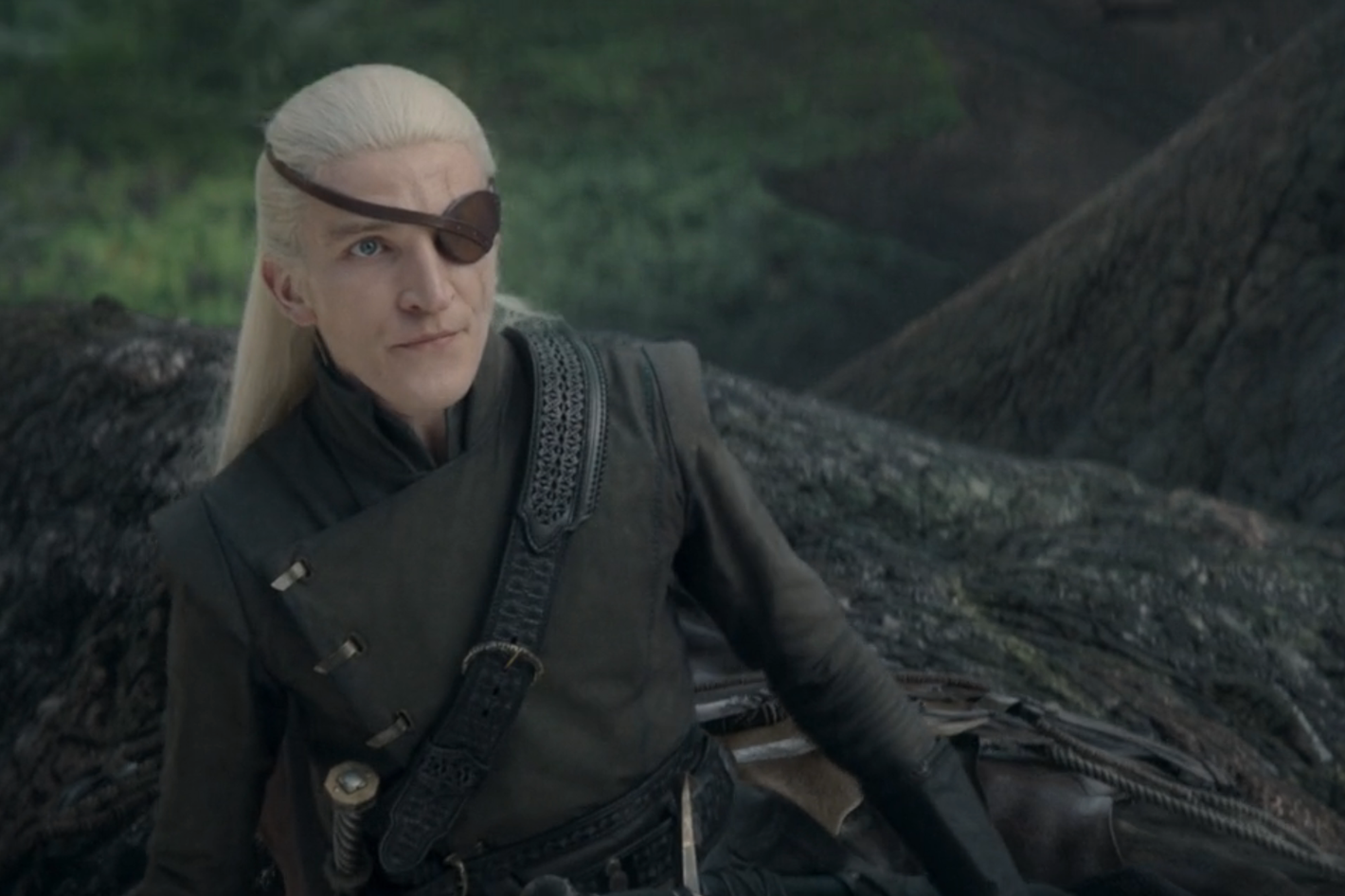
The answer is that it is very cool. I figured this one out for myself!
Related
